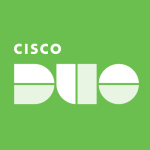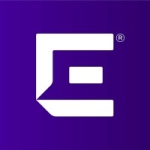Our customers use Cisco ISE (Identity Services Engine) as a network access control solution. Before they can get network access, you can do posture check, e.g. in the Windows version, or another version, then it is only after this posture check that the clients can enter the network.
Compatibility with other vendors is what needs to be improved in Cisco ISE (Identity Services Engine). We should be able to use it with other vendors, for all specifications. There should be integration with different vendors, e.g. Cisco ISE (Identity Services Engine) working with AccuPoint networks.
I've worked in my current company in product pre-sales for one year, and prior, I worked for a different partner company in Turkey, so my total usage of Cisco ISE (Identity Services Engine) spans eight years.
Cisco ISE (Identity Services Engine) is a stable solution. It has good performance.
If we need support from the vendor side, we can open a case, then the vendor replies to us as soon as possible. Support for Cisco ISE (Identity Services Engine) is fast.
The installation of Cisco ISE (Identity Services Engine) was easy.
Our customers pay for the license of Cisco ISE (Identity Services Engine). They have an annual subscription, rather than a monthly subscription.
I'm a technical person, and I've worked for a company that does system integrations, including network pre-sales. My company sells Cisco ISE (Identity Services Engine) and Fortinet products in Turkey. I can also sell these products. My company is a gold partner of Cisco.
I've sold the on-premises version of Cisco ISE (Identity Services Engine).
Cisco ISE (Identity Services Engine) is the best solution for Cisco network customers. It is the best solution for Cisco network devices. As for network products from other vendors, we can use, or we could offer other network access control (NAC) solutions, e.g. Fortinet NAC, or Aruba Secure NAC, etc.
I'm part of the pre-sales team at our company. There are other people who are responsible for installing Cisco ISE (Identity Services Engine) post-sales, e.g. they install the solution for the customers. For this reason, I am unable to give information on how long it takes to install the solution.
We currently have over 30 users of Cisco ISE (Identity Services Engine).
I can recommend Cisco ISE (Identity Services Engine) to other users.
My rating for Cisco ISE (Identity Services Engine) is eight out of ten.
















Cisco Identity Service Engine l will give it an 8 out of 10 rate. It's stable and easily integrates with other network devices such as switches, routers and its central device management TACACS. The major challenge is in the new license model. Base, Plus and Apex licenses have been migrated to Essentials, Advantage and Premier. The new Cisco ISE licensing model Essentials, Advantage, and Premier licenses are term-based which limits end-user to fully utilize all the device features and functionality.